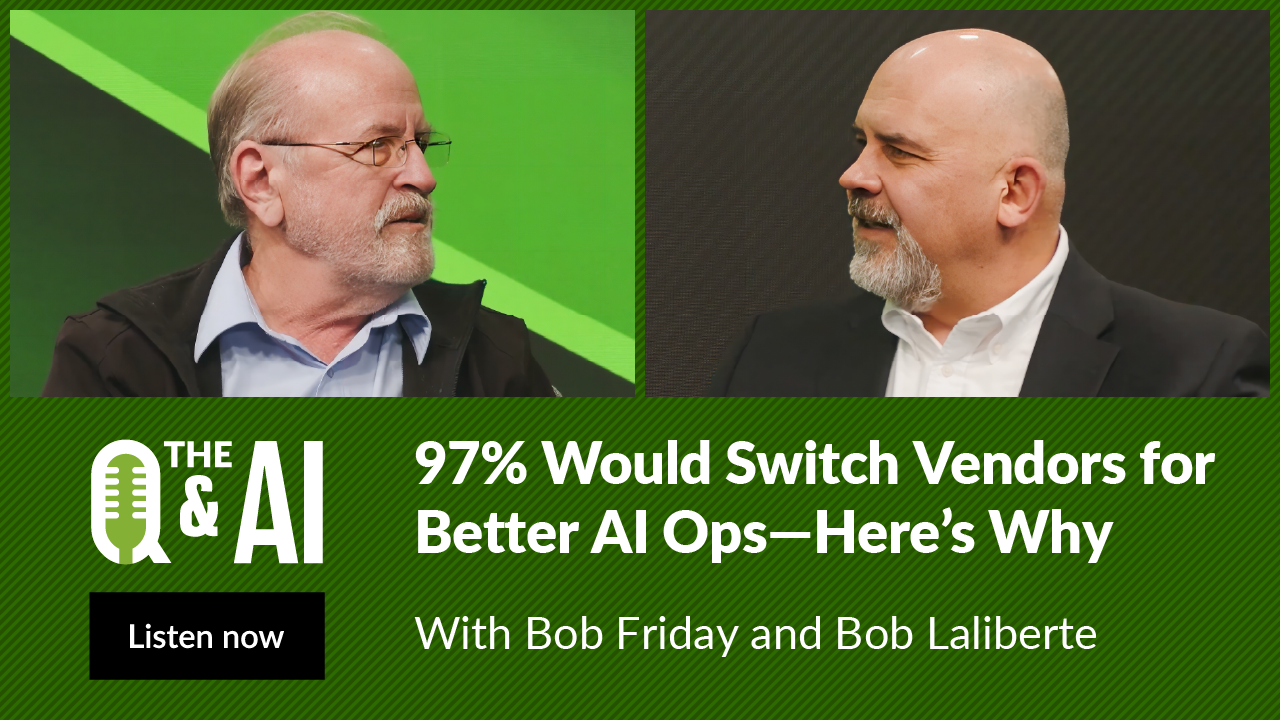

Network Automation
Optimize end user satisfaction and maximize operator efficiency
Top picks

Juniper and Marvis Raise the AI-Native Networking Bar—Again: In 60 Seconds

The Q&AI: 97% Would Switch Vendors for Better AIOps—Here's Why

Lightwave Innovation Award goes to Juniper Networks & Elisa Oyj for World’s First 800ZR Deployment

CENIC & Juniper Networks Boost Performance with 800 Gbps Capacity for the AI era

2025 ZKast #35 with Rami Rahim, CEO of Juniper Networks at MWC25

Juniper Networks CEO Rami Rahim at Mobile World Live 2025 | Mobile World Congress

100ZR Demonstration: Test and Deployment

Scaling #AI Apps

Juniper's Marvis Minis win 2025 Tech Innovation CUBEd Award
Latest podcasts

Episode 19: 97% Would Switch Vendors for Better AIOps—Here's Why

Episode 6: AI in Networking - Benefits, Challenges, and How to Begin

Juniper Apstra on The Art of Network Engineering

The Juniper Apstra Advantage

Managing the CSP Cloud Like a Hyperscaler

Power Cloud Automation























